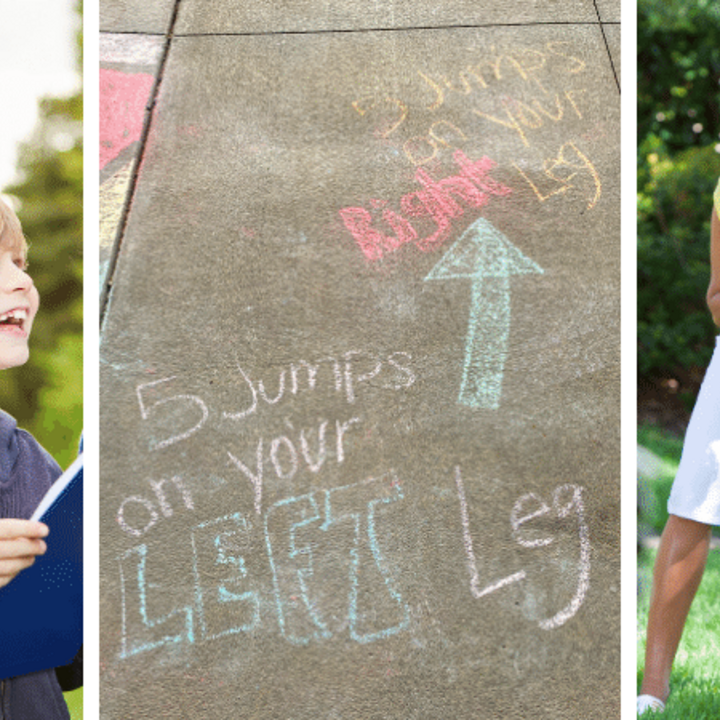
It is usually a good idea to dress in layers when you work out, no matter what time of year it is. In Nebraska, the weather can change quickly, so by wearing layers, you can always make adjustments to zip up, unzip, or remove. Reaching for your favorite t-shirt when you exercise may be habit, but cotton, once wet, has little or no insulating value.
Here are the layers you should think about wearing:
- The inner layer (next to your skin). You'll want to keep your skin comfortable and dry. Look for fabrics that will transport moisture from your skin to the outer layer you're wearing. Silk and polypropylene are good fabrics.
- The middle layer (temperature control). These are the adjustable garments that offer insulation even if they get damp from sweat or from rain or snow. Wool is the traditional choice, but polyester fleece materials are currently in style. They are light and come in a variety of styles and weights. In colder weather, you might layer more than one garment-such as a lightweight fleece turtleneck with a medium-weight jacket. In milder weather, a shirt or fleece vest may suffice.
- The outer layer (wind and water resistance). This layer is designed to protect you from the wind and the cold chilling your skin. The traditional choice is oil-soaked canvas, nylon and rubberized-nylon jackets. Some material will allow some amount of sweat, in the form of water vapor, to pass through them without letting rain come in. For many warm-weather hikers, a reasonably priced treated nylon jacket will work fine. If you expect to be exposed to excessive wind and rain, consider wind/rain pants as well. For safety, pick brightly colored outer garments, and always wear a reflector on country roads if it's dark.
Sources:
Mayo Clinic Q and A: Exercise safety in cold weather, Mayo Clinic.
No excuses: How to layer up for walking in cold weather: Harvard Health Publishing.
Step Up Your Walking Game, Havard Health Publishing
This newsletter was written by Ann Fenton and has been peer-reviewed. It was updated in 2025.






